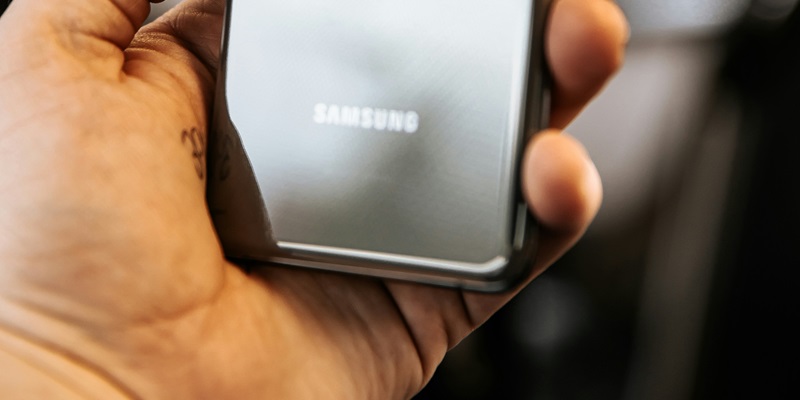Samsung is known for its wide range of smartphones, catering to various price points and consumer needs. Continuing its efforts to provide budget-friendly options, Samsung is set to expand its Galaxy smartphone lineup with the upcoming M15 and F15 5G models. These devices, recently spotted in India’s BIS certification database, are expected to offer impressive features at an affordable price point, further solidifying Samsung’s position in the budget smartphone market.
M15 and F15 5G features
Rumors surrounding the M15 model indicate that it may come equipped with a powerful 6000mAh battery, addressing one of the common concerns of smartphone users – battery life. Moreover, the M15 is expected to support 25W fast charging capabilities, ensuring quick and efficient charging times.
Display Features
Both the M15 and F15 5G models are rumored to sport a 6.5-inch AMOLED display, providing users with vibrant colors and high contrast levels. The displays are expected to offer FHD+ resolution, ensuring crisp and detailed visuals. To enhance the overall viewing experience, Samsung has included a 90Hz refresh rate, allowing for smoother scrolling and animations. Furthermore, with a peak brightness of 800 nits, these smartphones are set to deliver exceptional visibility even in bright sunlight.
Specifications Under the Hood
Underneath the sleek exteriors, the M15 and F15 5G models are anticipated to be powered by a MediaTek Dimensity 6100+ processor. This processor, coupled with 6GB of RAM and 128GB of internal storage, will ensure smooth multitasking and ample storage for apps, media, and files.
Operating System and User Experience
Samsung’s M15 and F15 5G smartphones are expected to run on the company’s latest software, OneUI 6, based on the upcoming Android 14 operating system. Samsung’s OneUI is known for its user-friendly interface and intuitive design, making it easy for users to navigate through their smartphones and access various features and settings. With OneUI 6, users can expect a seamless and enjoyable user experience, further enhancing the overall appeal of these devices.
Camera Features
Photography enthusiasts will be delighted to know that the M15 and F15 5G models will feature a triple-camera setup on the rear. This setup will include a powerful 50MP primary lens, capturing detailed and vibrant images. Accompanying this primary lens will be a 5MP ultra-wide lens, allowing users to capture wider scenes and landscapes, and a 2MP macro sensor for close-up shots with stunning details. On the front, a 13MP camera will be available for high-quality selfies and engaging video calls.
The appeal to Budget-conscious Consumers
Samsung’s M15 and F15 5G smartphones are poised to attract budget-conscious consumers with their feature-rich specifications and competitive pricing. By offering a large battery, an impressive display, a powerful processor, adequate storage, and a capable camera setup, Samsung ensures that users do not have to compromise on essential features to fit their budget. With these devices, Samsung aims to provide a premium smartphone experience at an affordable price, catering to the needs of a wider audience.
As further details emerge about Samsung’s M15 and F15 5G smartphones, anticipation among budget-conscious consumers continues to grow. These devices, with their powerful specifications, feature-rich offerings, and competitive pricing, are expected to make a strong impact in the budget smartphone market. Samsung’s commitment to providing quality smartphones across price segments continues to benefit consumers, further strengthening the brand’s reputation in the industry.

